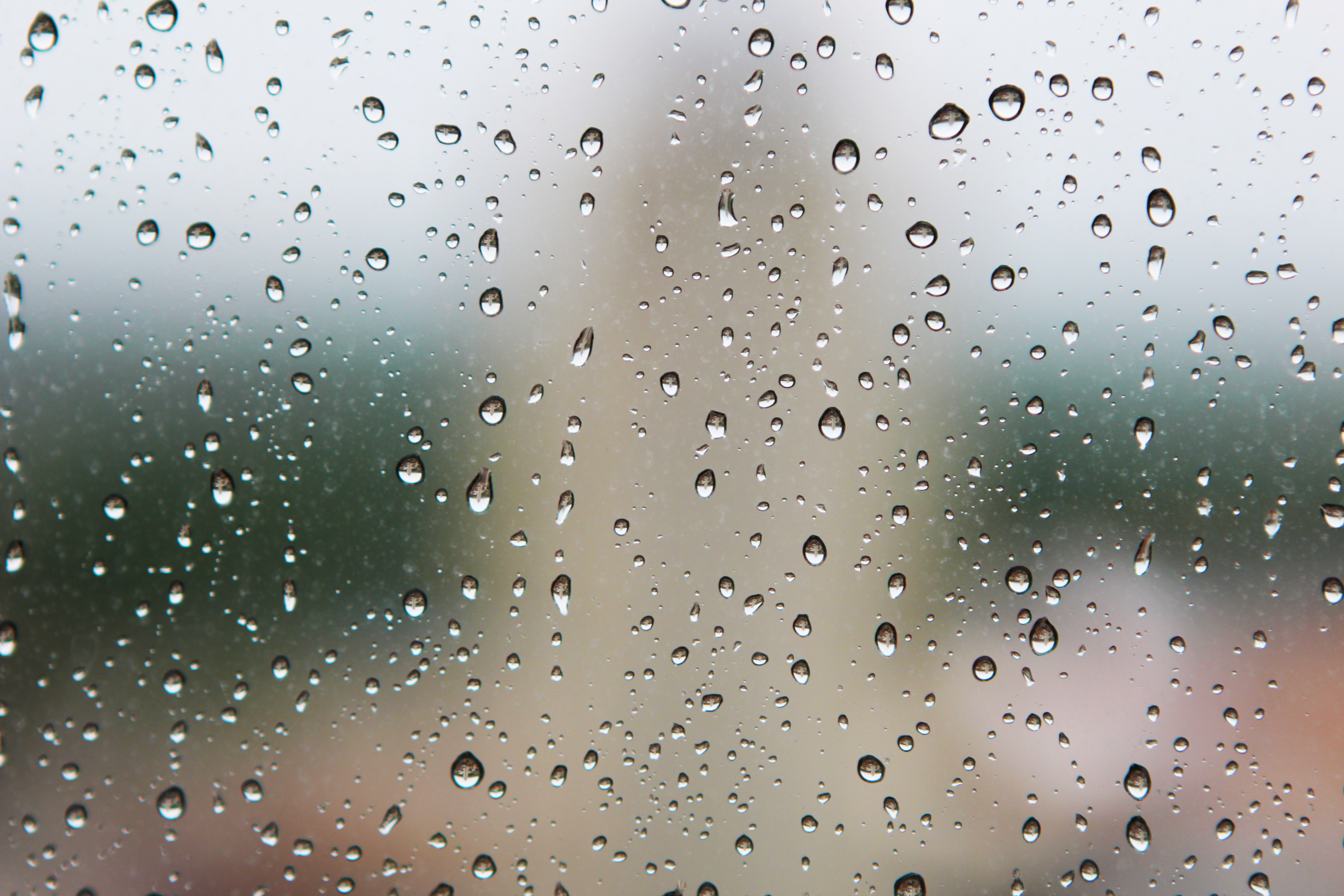
Hi, and thank you for visiting CMH Plasterers. If you’ve visited our site before you’ll notice we’ve had a bit of an upgrade. Part of that is our new hints and tips section, where we will be posting useful information on a range of home care topics.
One question I get asked a lot is “How do I prevent condensation and damp in my home over winter”. It’s a common issue that affects many of us, so I’ve provided some information below to help you.
What is damp and condensation?
Damp and mould growth within your home that is caused by condensation is very common during the winter months.
Condensation is caused by warm moist air coming into contact with cold surfaces such as the windows and walls of your home. Mould then forms in the poorly ventilated areas of your homes,behind heavy furniture such as wardrobes and cupboards. It is particularly common in the corners of walls as well.
How does condensation and damp damage our homes?
Damp caused by condensation is the most common type of damp in homes and can damage the paint and plaster on your walls as well as rotting window frames. It will also leave large patches of mould growing on your walls and will produce an unpleasant damp smell.
Damp can also cause significant damage to our health by triggering respiratory problems and allergies. The groups of people most at risk are young children and babies, elderly people, those with eczema, asthma and allergies.
Mould that forms in damp conditions produce allergens, irritants and in some cases toxic substances which can trigger an allergic reaction. Symptoms include:runny nose, skin rash, sneezing, red eyes as well as triggering asthmatic symptoms in those who have asthma.
How to prevent condensation and damp appearing in your home?
There are three main ways in which you can reduce the build up condensation and therefore preventing damp and mould growth in your home, these are heating, insulation and ventilation.
Heating your home can prevent condensation and damp in your home.
Make sure to use your heating during winter and keep it at a steady level so that your house does not get too cold. Keeping your home sufficiently warm will prevent moist damp air which will form condensation when it comes into contact with surfaces.
Insulating your home can prevent condensation and damp in your home
Having loft insulation and/or cavity wall insulation is a great way to insulate your home and you may be eligible for a government grant to help pay the cost. These types of insulation can be a bit pricey upfront but you will very quickly see the results in your gas and electricity bills as well as feel the sudden change in your home. This option will save you hundreds of pounds in heating costs per year as well as preventing condensation and damp in your home.
Improving ventilation in your home can prevent condensation and damp
A good level of ventilation in your home will ensure that any moisture in the air will be able to escape before it has a chance to form condensation and damp. This is why many kitchens and bathrooms have extractor fans, so make sure you use them. Cooking and showering will release a lot of moisture into the air so be careful and open a window if you have to. If you already have condensation and damp in your home you could buy a dehumidifier.
Top tips for preventing condensation and damp in your home
- Use lids when cooking
- Dry your washing outdoors, or in a bathroom with the window left open
- Place wardrobes and other furniture against internal walls
- Open windows in the kitchen and bathroom if there is condensation on the windows
- Close kitchen and bathroom doors when in use to prevent moisture from them spreading throughout the house
This article was sourced from: findahood.com
If you found this article useful, please share it with your friends!
If you have any suggestions on what you would like to see here then please get in touch via out Contact Us page.
Share This Post on Social Media








